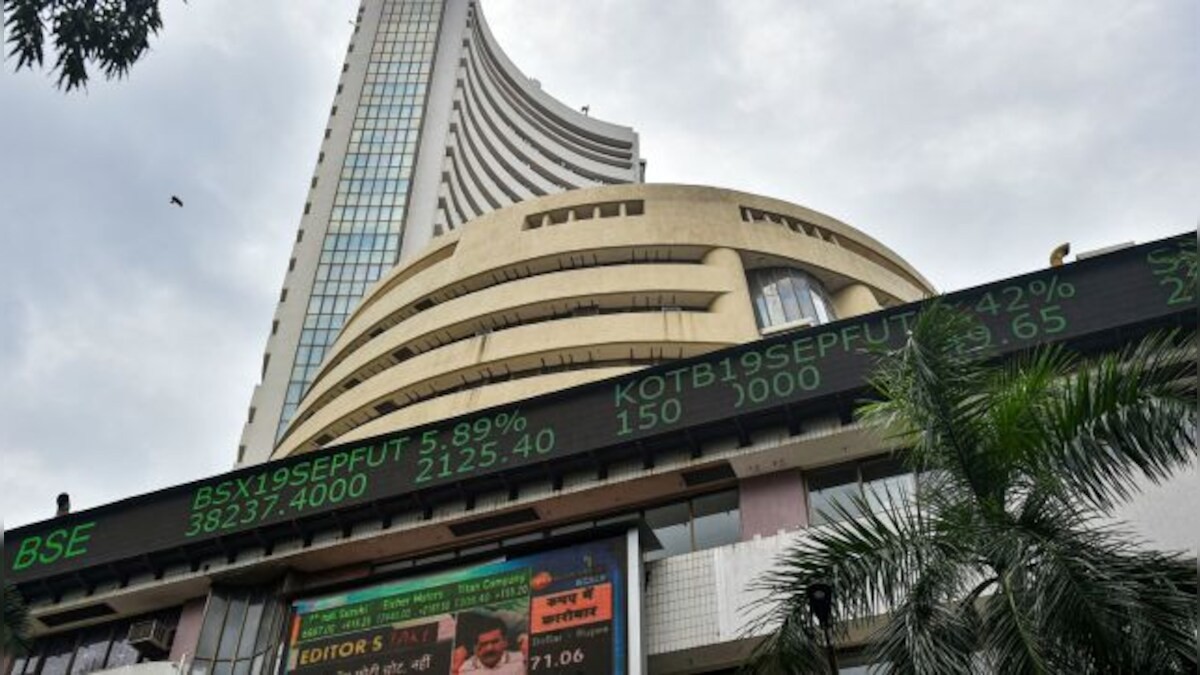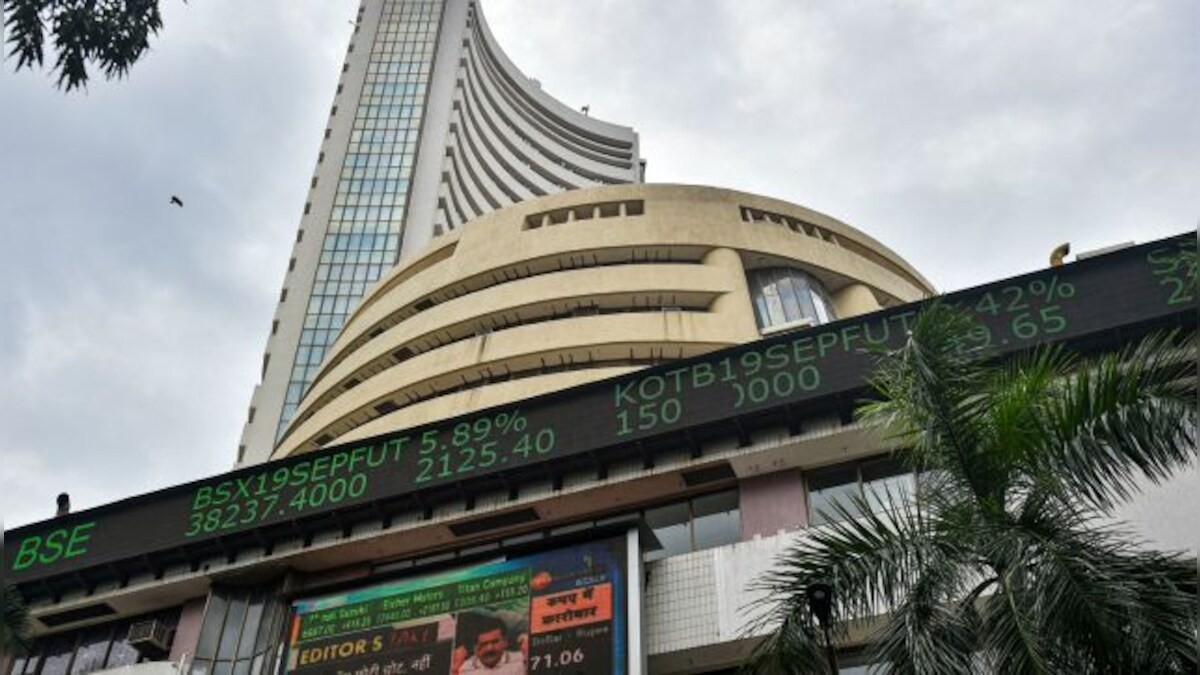When one views what is happening in the stock market, it appears to be quite surreal. The new heights that have been scaled camouflage the otherwise gloomy mood in the country. In fact, in a lighter manner, it can be said that if the stock market is a reflection of the state of economic and political affairs of the country, everything must be all right. The only thing is that it is not so.
The stock market is probably the most important segment of the economy. There are four English and two Hindi business channels which devote at least 12 hours of prime time live programmes to the market. Any other event covered has, as an epilogue, a comment on how the market has fared while this news came into the market.
There are multitude of advice provided on how the market will behave and which stocks to buy and almost any policy impact is first discussed with respect to the market (maybe investors are buying at a time when there are few alternatives, with gold too being put out of reach).
It is assumed almost axiomatically that when the RBI raises interest rates, the margins of banks will get compressed and their profits will be under pressure thus affecting their future valuations, which means that the banking stocks should fall. However, if this was already anticipated, then the market would not move as the RBI policy has already been factored in.
The logic is compelling. Nobel prizes have been won based on various theories on the market, and while often we liken these activities to a casino or bring in the concept of irrational exuberance, at the end of the day, it is still the single most barometer of success of the country. Even the present winner of the prize had belief in the efficient market hypothesis which states that markets are efficient if prices are guided by all the information that is available to all players.
If we look at the Sensex, which still retains its primacy when we talk of markets, even though the NSE has gone well ahead in terms of volumes of trade as well as the derivative market, the story is quite impressive. Starting from 18,835 in March, it has ended at 21,165 in October, an increase of 12.3 percent which provides a cover for inflation and there was a decline only in August, which was still higher than the March level.
Now, when we look at these movements, we need to separate the fundamentals from the sentiment. Let us look at the fundamentals to begin with. While there have been a lot of announcements, economists have not fallen into the 3i syndrome (interpreting intentions for implementation). Neither should the market, ideally.
The economic picture is not too encouraging so far. First, GDP growth on a quarterly basis has slowed down to 4.4 percent for the first quarter. Second, industrial growth is close to nil. Third, inflation is not only high going by both the CPI and WPI, but frankly, we do not seem to have an answer as to what can be done to bring down food prices. Fourth, the interest rate regime has been quite hawkish and corporate India, which fretted over interest rates, has now reconciled.
Fifth, investment rate in the country is down and while there have been announcements of clearance of Rs 3.8 lakh crore of projects, little has happened on the implementation. Sixth, the rupee remains weak and vulnerable and while there has been euphoria over exports picking up, it is over a low-base effect. Compared with FY12, exports during the first six months are still lower. Seventh, FII inflows into equities have been lower for April-October at $5.9 billion as against $9.2 billion last year. In terms of debt, there have been outflows. Last, there are fiscal pressures with growth estimates being revised downwards from what was expected in the Budget. Over 75 percent of the deficit has been used up in the first half which means that if the 4.8 percent fiscal deficit ratio number is to be attained, then there have to be deep expenditure cuts which has to necessarily impact the growth process.
The positive news so far has been the monsoons, but the idea of having good rainfall is that it should translate into higher purchasing power of farmers who spend on industrial goods. Also this should mean lower food inflation. While we have to wait and watch for the first to happen, inflation remains high. Therefore, prima facie, there is no reason to cheer for having good monsoons. In fact specific crop failures, like vegetables, have added to the grief. The other positive picture is on FDI which until August had been maintained at the previous year’s level of around $8.4 billion.
Let us look at sentiment now. The good part appears to be that the present government will last its term. But with the formation of the third front, it looks like a three-way split when the elections do take place, which means that parties with differing ideologies will get together, which will come in the way of policy reforms. While it is unclear as to whether a non-UPA government would get aggressive over the perceived irregularities in issues on coal or telecom, it would still mean gravitating towards a stalemate on contentious issues such as FDI or labour issues. Therefore, status quo in terms of hassles in getting legislation through still remains.
Global sentiment too has been volatile. While the news of tapering led to an exodus of funds across equities and debt, deferring the same has brought back some confidence. However, the possibility of a US government default turned the scales again with the debt ceiling issue also being pushed ahead into 2014. Geo political tensions, though subdued today, had peaked with Egypt and then Syria, and the new sounds made in Iran could be unsettling. This combined with a fragile euro economy has ensured that one is still not too confident of what is happening around the world. The IMF and World Bank have revised their projections for 2013 downwards.
This brings to the fore the rationality being displayed by the Indian stock market. While a rising market is always welcome, it is an issue if it is not reflecting well the fundamentals. Most global brokerage companies have scaled down growth expectations for India to less than 5 percent for this year and are not willing to speculate on the same for FY15.
The next concern is that whether these levels can be sustained. If there is no specific reason for this enthusiasm, then a correction would be coming soon. The way it has been justified today is that the worst is over and things can only improve from here onwards. While there could be merit to this, we had assumed the same at the beginning of the year too when we started from a GDP growth of 5% saying that we could only do better from now and the debate was whether it would be a U-shaped or V-shaped recovery.
While casting a shadow of pessimism at a time when the stock market is the only light that is shining bright does sound slightly perverse, it is nonetheless necessary to sound a warning of a correction, which has to come. But, if the party carries on, it would have to be attributed to the Schiller’s irrational exuberance. There is something amiss somewhere.
The author is Chief Economist, CARE Ratings. Views are personal.


)




)
)
)
)
)
)
)
)